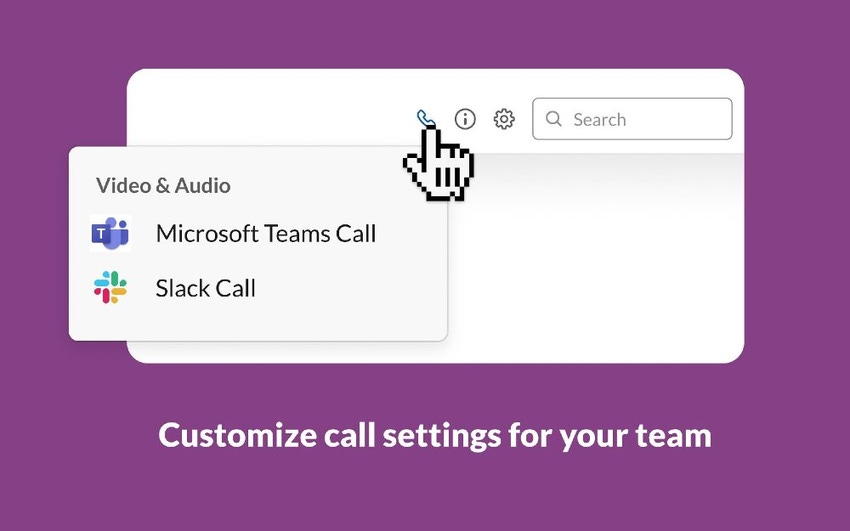Amid a surge in online meetings, do vendors want interoperability or lock-in?
April 3, 2020

The surge in people working at home has put the spotlight on collaboration and communications apps. But it also has showcased cursory efforts to make key platforms work with one another.
Seamless interoperability among the various messaging and meeting apps won’t come overnight, but some base-level integrations are starting to surface.
Cisco recently added an interface that also allows people to enter Webex meetings from Microsoft Teams. Slack on Wednesday released the Microsoft Teams Calls app beta just days after reports surfaced that founder and CEO Stewart Butterfield had obliquely mentioned plans to launch the calling interface in the first half of this year.
But critics are wary of these vendors’ motives.
“The integration Slack and Webex Teams have announced with Microsoft Teams is not so much a true integration but rather an attempt to limit the expansion of Microsoft Teams,” said Kevin Kieller, co-founder and lead strategist at EnableUC, a technical consulting firm specializing in Teams and Skype for Business. “With all, and especially with Microsoft Teams, the true benefit is through a bundling of features. As such, these unholy integrations where overlapping features are selected from different products do not, in my opinion, represent the future of the industry.”
Also skeptical, though from a different focal point, is Ben Johnson, founder and CEO of managed services provider Liberty Technology.
“Slack, Zoom and Microsoft have all been trying to build islands to lock users in,” said Johnson, who recommends Cisco Webex for large customers as the preferred platform for team communications and collaboration. “Cisco meanwhile has been building interop into their competitors because they are trying to connect the world — following through with their tagline of bridges not islands.”
Here’s our most recent list of new products and services being offered by agents, VARs, MSPs and other channel partners. |
Nevertheless, research firm Nemertes’ recent survey of customers found that 58% primarily have one app used for messaging, communications and meetings, while 33% had two and about 9% had multiple apps. Among those that only have one, 23% plan to add support for additional apps. And of those that already have more than one, nearly 56% will continue to support the multiple apps.
“We find the world is very much split in this discussion,” said Nemertes VP and research leader for digital workplace technology Irwin Lazar, speaking this week during a Enterprise Connect Virtual session.
In a separate Enterprise Connect Virtual session, Slack revealed the Microsoft Teams Calls app beta release.

Slack’s Brian Elliott
“The Teams calls app lets you quickly launch or join a Teams call right in Slack,” said Brian Elliott, VP and general manager of the Slack platform. “For us, this is just another example of how Slack lets companies integrate their solutions, often for more than one vendor.”
The new Microsoft Teams Calls app lets users launch a voice or video call from Slack. The app also lets users see who is on a call and the time that it started. Besides Teams, Slack has added call-making ability from its apps to those on Cisco Jabber, Dialpad, RingCentral and Zoom Phone.
Since COVID-19 forced millions of people to work at home throughout the U.S. last month, Slack reports a 350% surge in native calls and use of meeting apps such as BlueJeans, Cisco Webex and Zoom.
Despite these added integrations, EnableUC’s Kieller believes interoperability will remain piecemeal.
“I do not think there will be lasting deep interop standards because this is not beneficial to the vendors in the long term,” he said. “Microsoft clearly wants to add, natively, any feature that Slack or Webex Teams does better and vice a versa.”
Read more about:
AgentsAbout the Author(s)
You May Also Like


